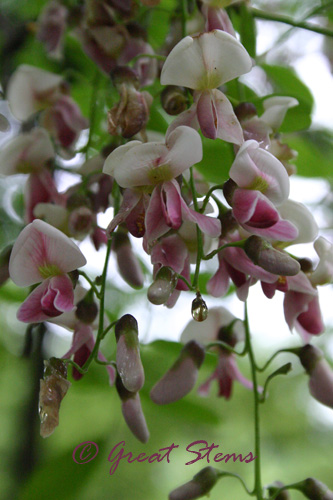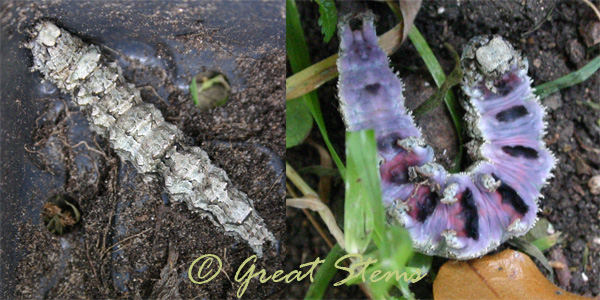I’ve been so busy planting natives that you’d think I’d know a little more about the natives growing, ya know, natively in my yard. But the other day I posted about my little gem Eve’s Necklace, and now I get to report on some others I’ve since discovered growing mere feet away.
If you still wonder how in the world I might have missed them, I have two words for you. POOP ZONE. Yes, it’s the area of the yard that we’ve long left to the dogs. All three of them. How’s that picture in your head now? <grins>
So… Silk Tassel. Several months ago, this wonderful shrub was hidden by evil nandinas that sought to obscure this jewel from our sight and mind. But we slew the dragons, and our treasure we never knew we had was rescued. Of course, I did actually purchase two saplings of Silk Tassel this past winter, never knowing I already had it on the property. Now I’ve got a set! Birds eat the berries, by the way. Yay for wildlife value!
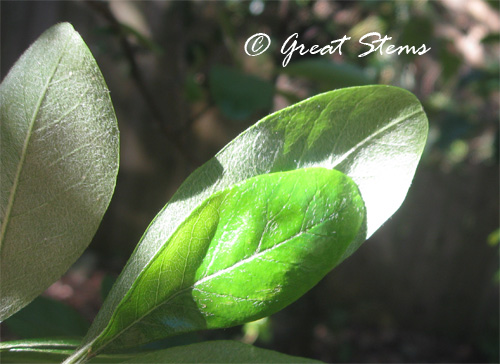 See the soft velvety underside to the leaves? It’s a great identifying feature, and it’s a delight to the tactilely sensitive. Mmmmm, soft…
See the soft velvety underside to the leaves? It’s a great identifying feature, and it’s a delight to the tactilely sensitive. Mmmmm, soft…
Next is a mulberry tree. I was always worried that this large-leafed tree was an invasive and it turns out it’s a native Red Mulberry tree — native to central Texas, in fact! It’s even a caterpillar larval host — Mourning Cloak butterfly.
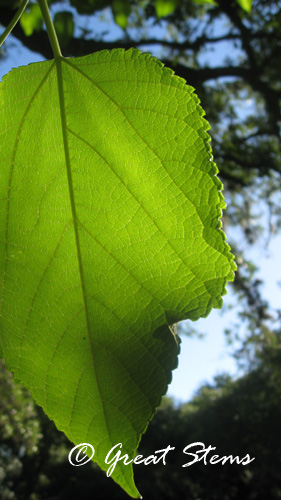 I love, love, love the green leaves.
I love, love, love the green leaves.
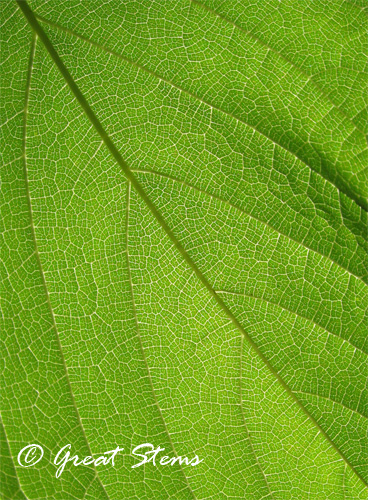 And look, it has berries! I hear they’re tasty.
And look, it has berries! I hear they’re tasty.
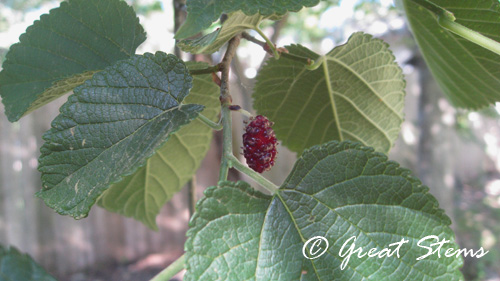 Third discovery in my garden — Ashe Juniper — tremendous wildlife value for this plant. Birds love its berries, our endangered golden-cheeked warbler relies on its bark for nesting material, and it’s a larval host to the beautiful Juniper Hairstreak butterfly. This wonderful plant has a bad reputation for causing allergies in central Texas, and it’s often mistakenly referred to as cedar. But it’s okay in my book for all that it does for da birdies and flutterbies.
Third discovery in my garden — Ashe Juniper — tremendous wildlife value for this plant. Birds love its berries, our endangered golden-cheeked warbler relies on its bark for nesting material, and it’s a larval host to the beautiful Juniper Hairstreak butterfly. This wonderful plant has a bad reputation for causing allergies in central Texas, and it’s often mistakenly referred to as cedar. But it’s okay in my book for all that it does for da birdies and flutterbies.
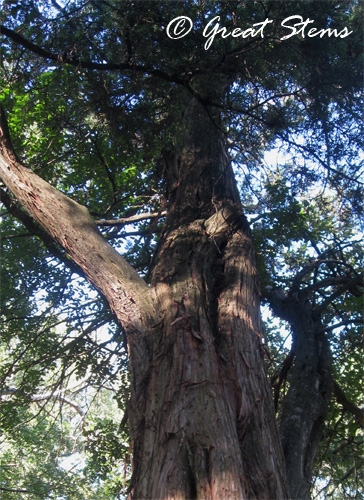
And lastly, a creeeeeeeeper. That’s how I like to say the word. Say it with me in that dark, almost evil voice of a mad scientist, creeeeeeeper. Good.
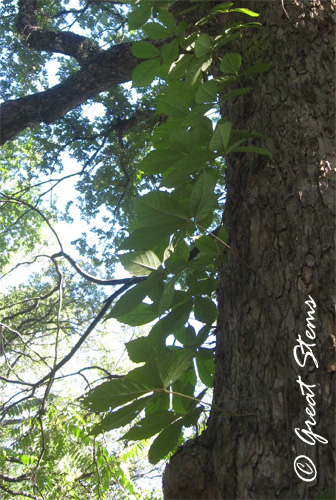
Specifically, it’s a Virginia Creeper. Typically they have 5 leaflets, but sometimes you’ll see 3 or 7.
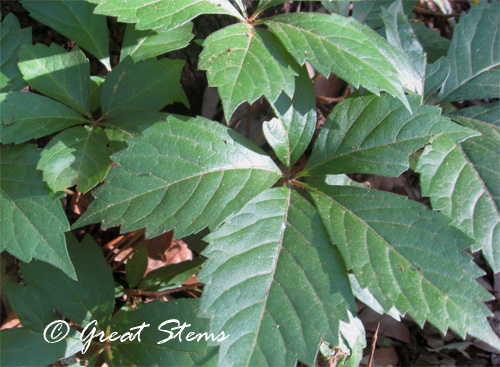 Some people confuse it with poison ivy when it grows wild in the woods. While it’s not poison ivy nor poison oak, I should point out that you shouldn’t roll in it. Some people are as sensitive to it as if it were poison ivy or oak, and they get a similar rash.
Some people confuse it with poison ivy when it grows wild in the woods. While it’s not poison ivy nor poison oak, I should point out that you shouldn’t roll in it. Some people are as sensitive to it as if it were poison ivy or oak, and they get a similar rash.
But guess what, it’s a larval host, too, baby! Several species of sphinx moths begin their lives on these plants.
I’m a happy habitat mama!
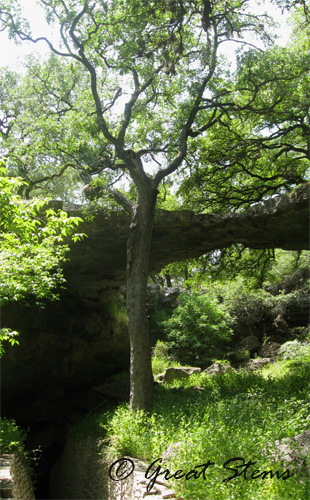
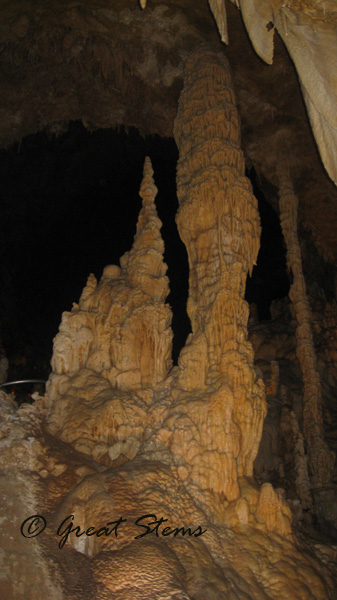
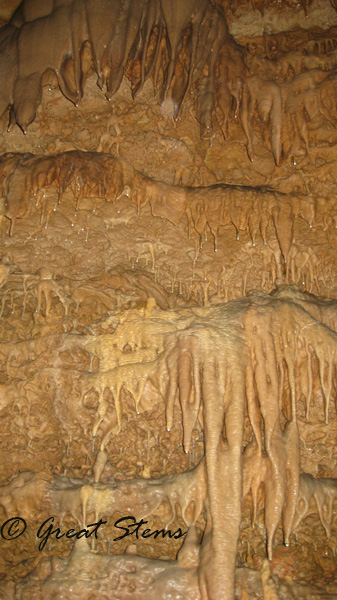 Due to unfortunate ill planning on my part, my large camera’s battery was in need of a recharge, so all I had to document the cave was my little but ever-reliable pocket camera. Reliable yes, but its light was too weak to show the magnificense of the largest chambers and their truly majestic columns. But I offer these few glimpses of the cavern’s beauty.
Due to unfortunate ill planning on my part, my large camera’s battery was in need of a recharge, so all I had to document the cave was my little but ever-reliable pocket camera. Reliable yes, but its light was too weak to show the magnificense of the largest chambers and their truly majestic columns. But I offer these few glimpses of the cavern’s beauty.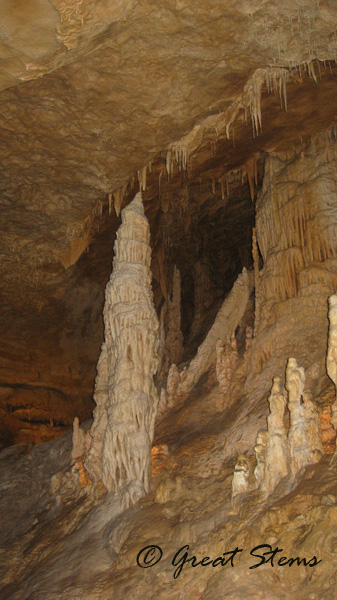
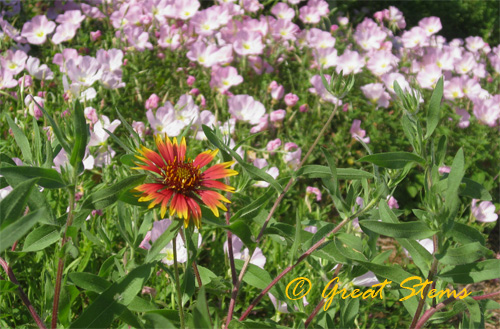

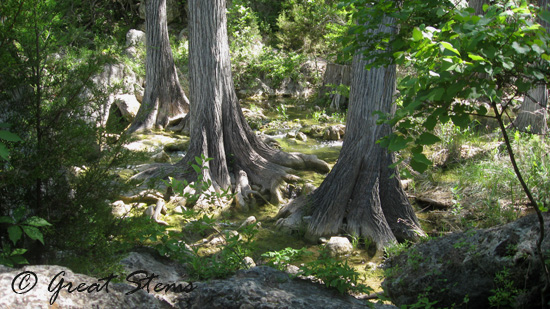
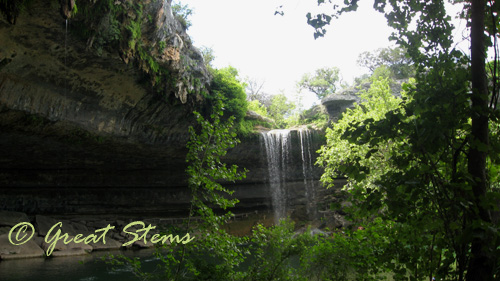
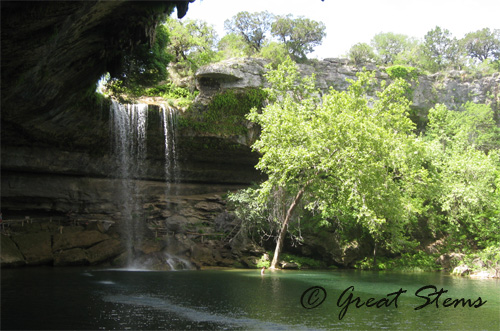
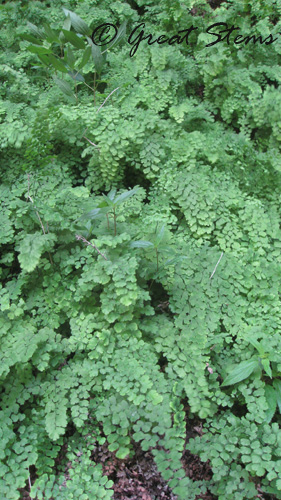
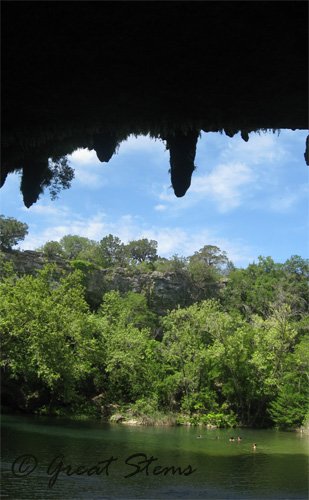
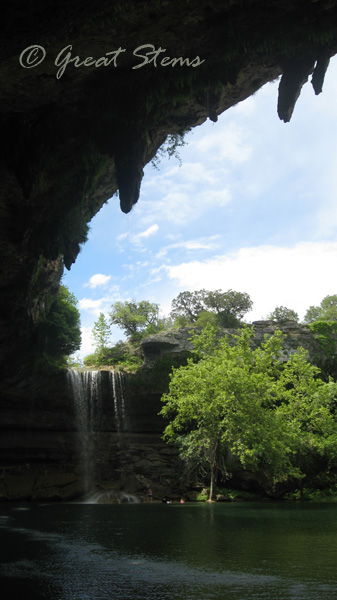
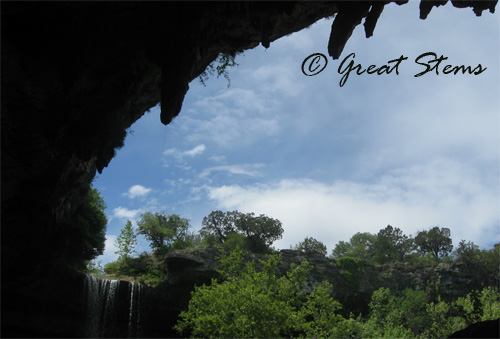
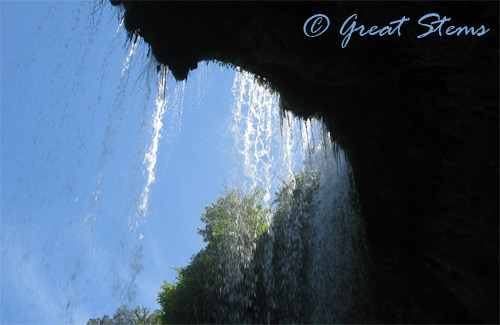
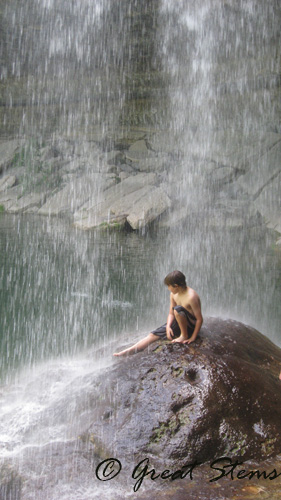
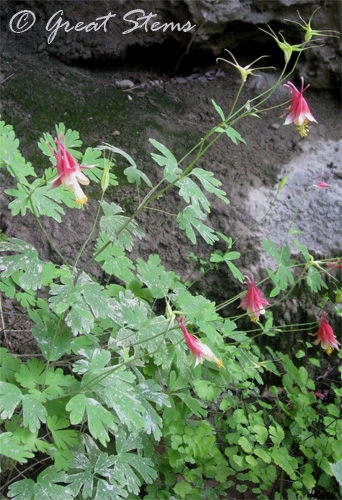
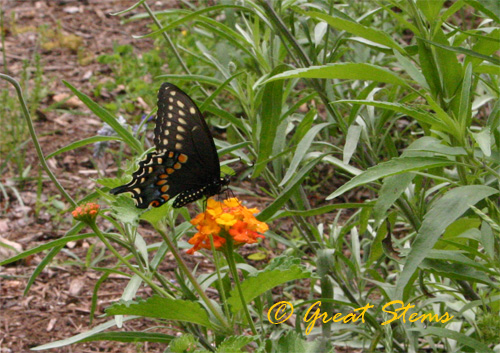
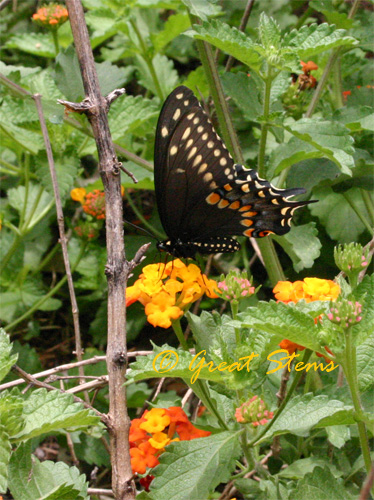
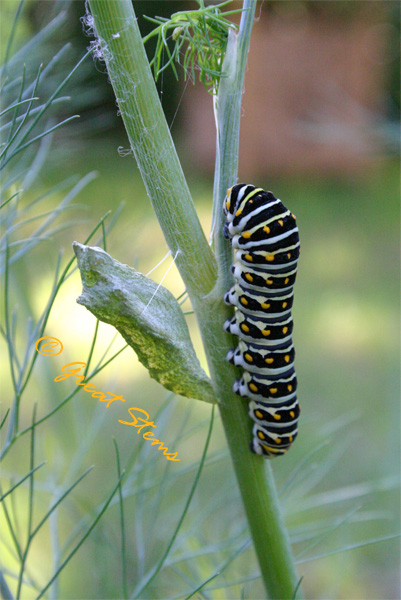
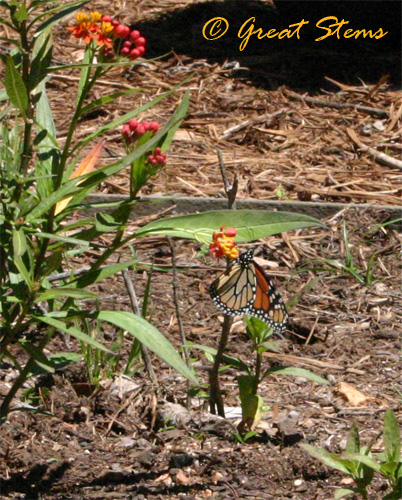
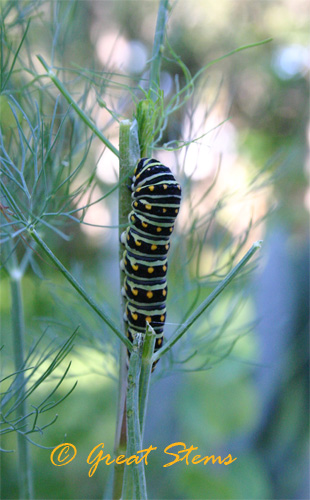
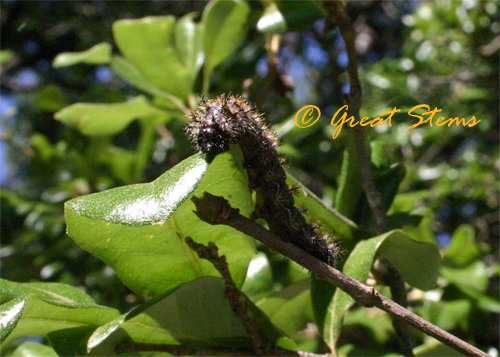
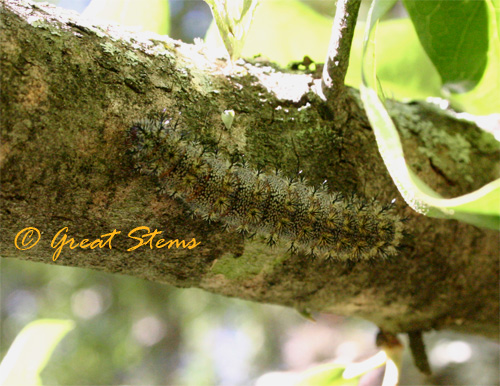
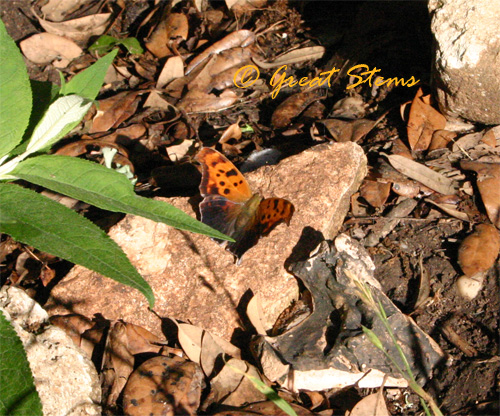
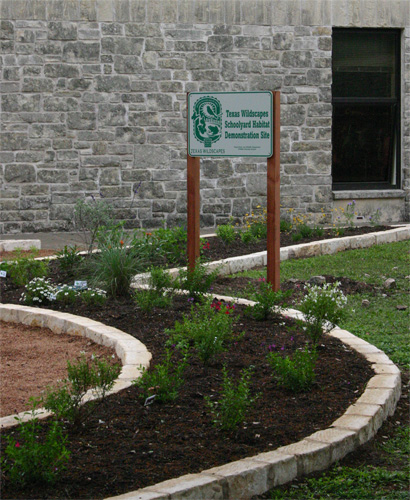
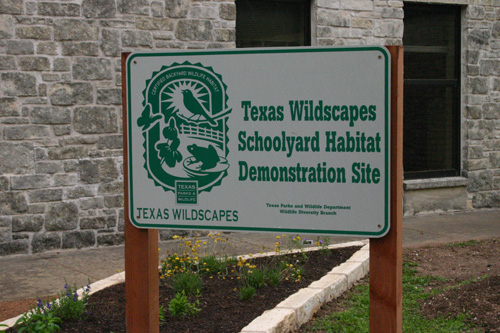
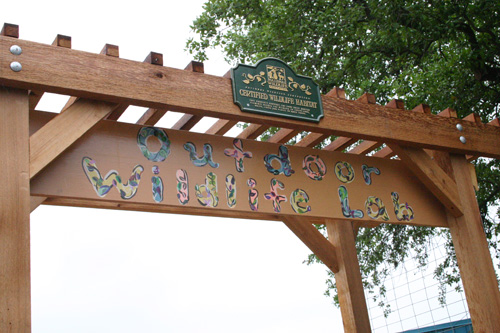
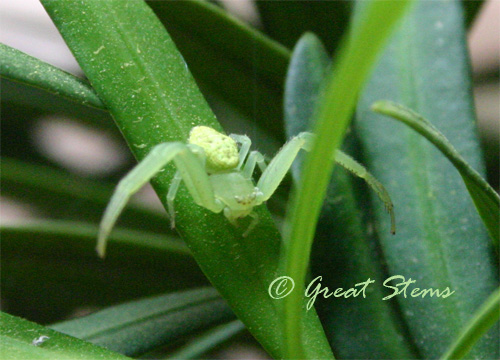
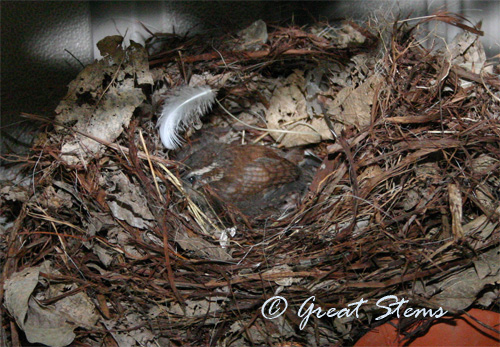
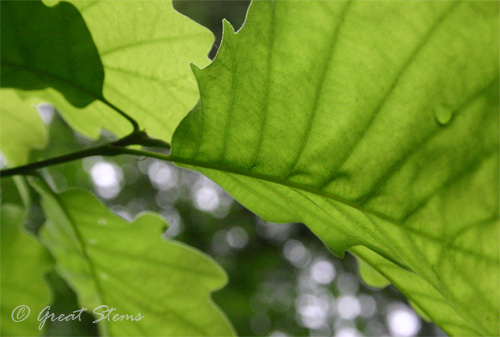
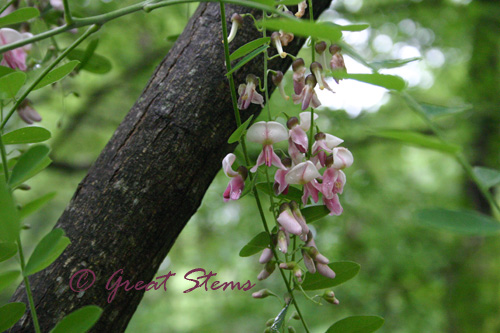
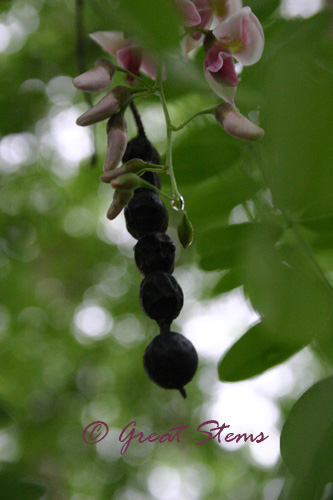
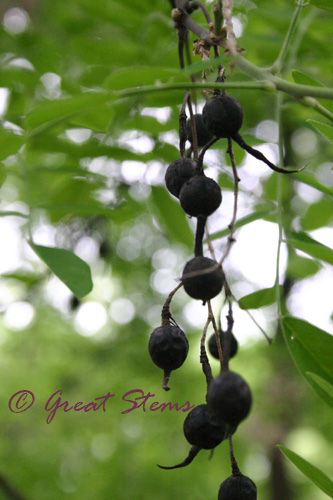
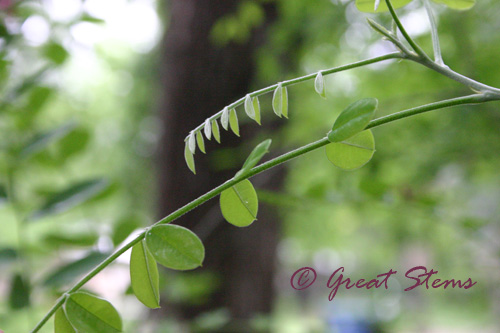
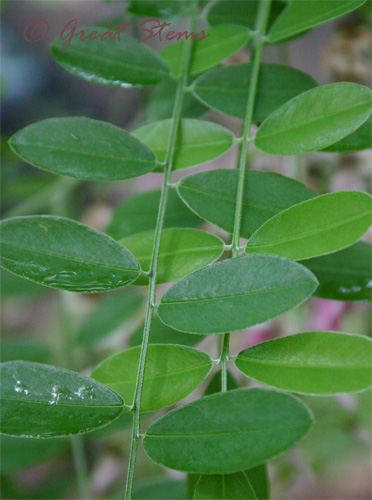
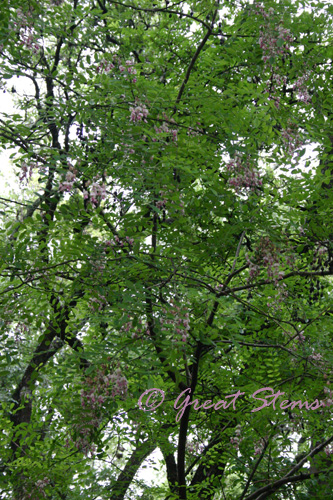
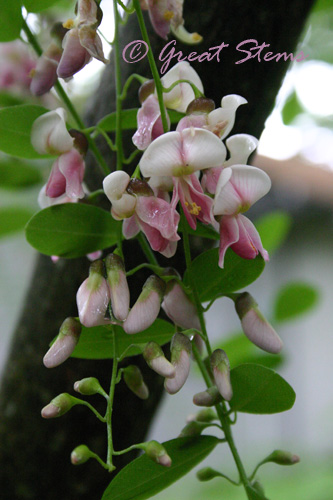 With more available sun, I know, it gets much denser and takes on the more classic tree look. It can also eventually reach 30 ft, but my tallest is about 15 feet, and I suspect it will always stay less than 25 feet tall due to its location under the much larger shade trees.
With more available sun, I know, it gets much denser and takes on the more classic tree look. It can also eventually reach 30 ft, but my tallest is about 15 feet, and I suspect it will always stay less than 25 feet tall due to its location under the much larger shade trees.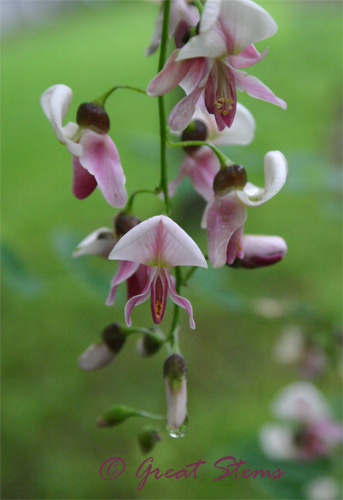
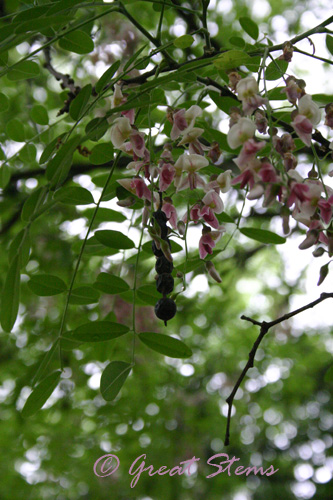 The tree has moderate deer resistance, but the deer in my neighborhood have left the saplings alone. It serves as a pollen and nectar source, and when dense enough it’s a good nesting and cover site.
The tree has moderate deer resistance, but the deer in my neighborhood have left the saplings alone. It serves as a pollen and nectar source, and when dense enough it’s a good nesting and cover site.